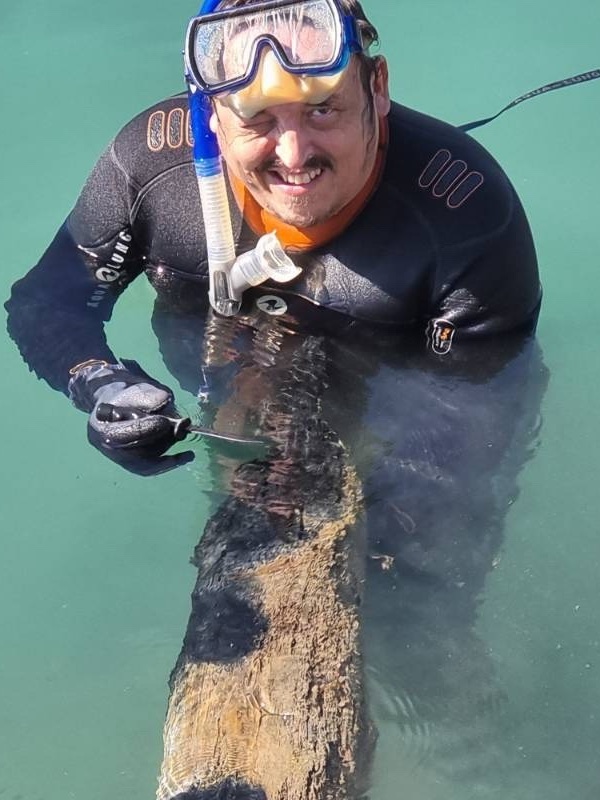In the shallow

In the shallow
The giant ciliate Zoothamnium niveum, covered with symbionts, loses them when deprived of sulfide. The propagules (called swarmers) seek for sulfide and if they stay two days swimming in water without it, they lose the symbionts too. Strikingly they still can found colonies that grow without symbionts and develop a different shape, similar to the ancestral shape of the genus. Sulfide starvation provokes an additional effort in the ciliate colonies to reproduce, so that they keep pace and send each a median of one swarmer to find better conditions. Symbionts during sulfide starvation become larger and more rod-shaped, while they vanish progressively from the ciliate surface.
All these results and more can be found in the following two papers:
